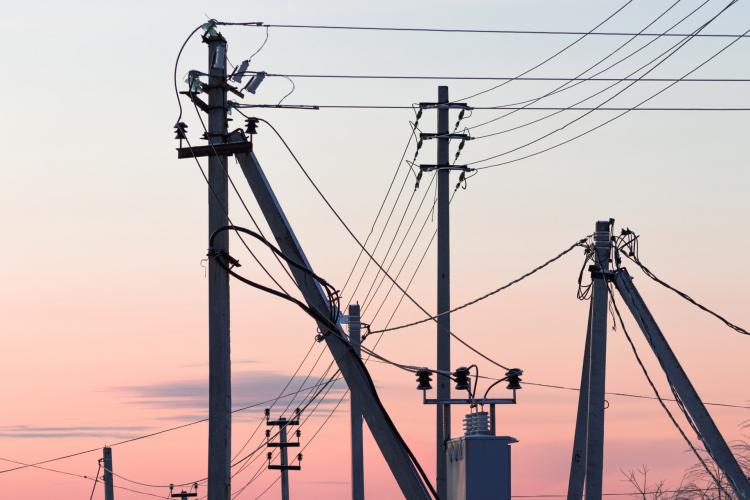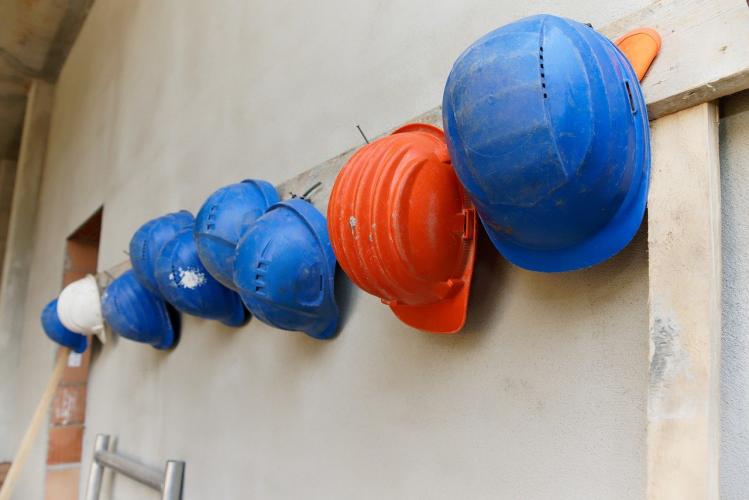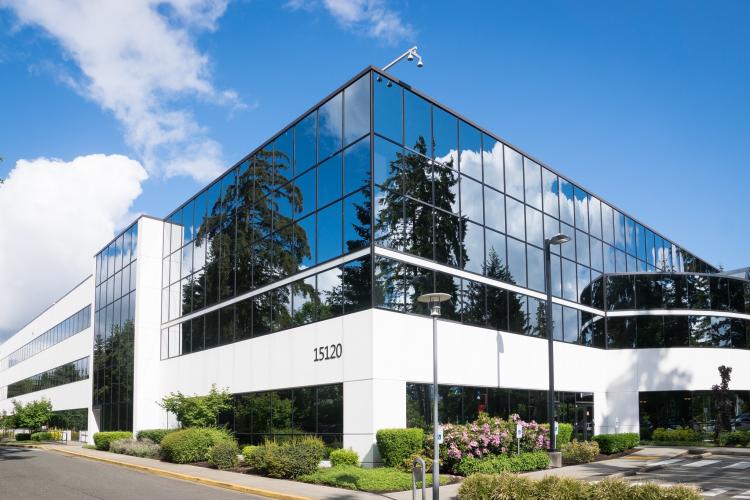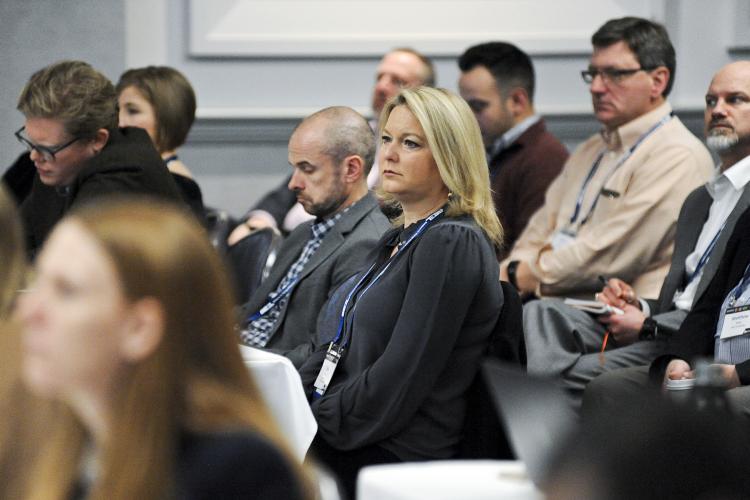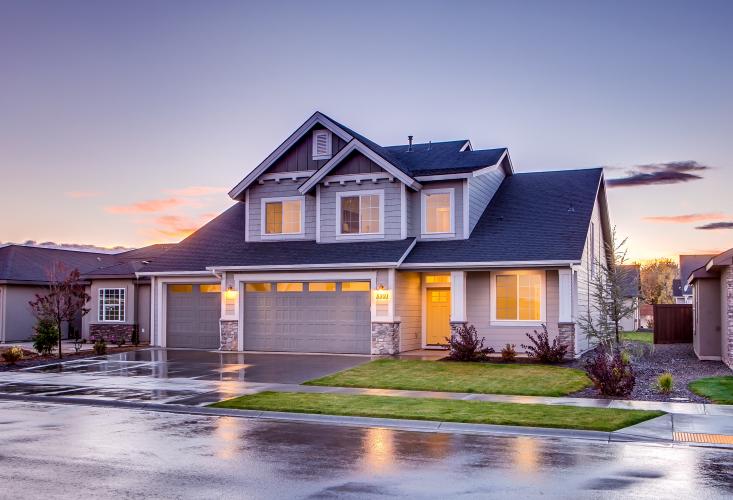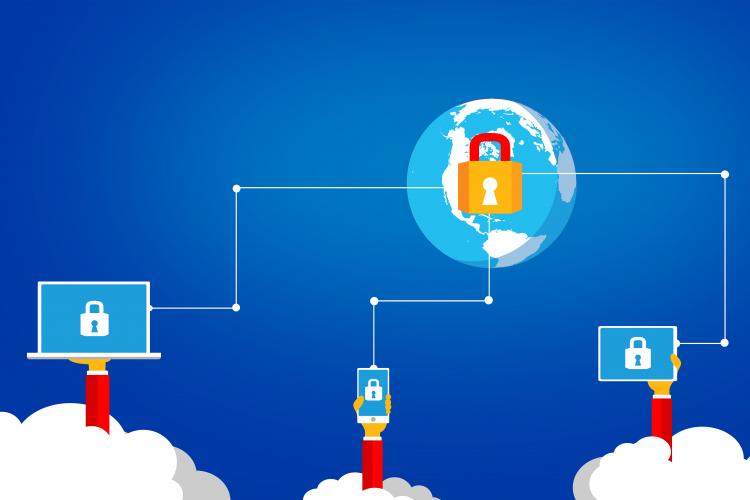Insights from ACEEE’s Summer Study on Energy Efficiency in Buildings
When most people think about nature, the first place their minds wander is not often ‘buildings.’ As made clear throughout ACEEE’s Summer Study conference, this is different for people working in the building energy efficiency space.
For these buildings professionals, balancing nature and the built environment is a constant challenge. They must weigh power and fuel generation mix while prioritizing energy efficiency, consider multi-dimensional feedback in design and responsibly manage the planet's limited natural resources amidst climate change and the increasing global demand for covered spaces.

